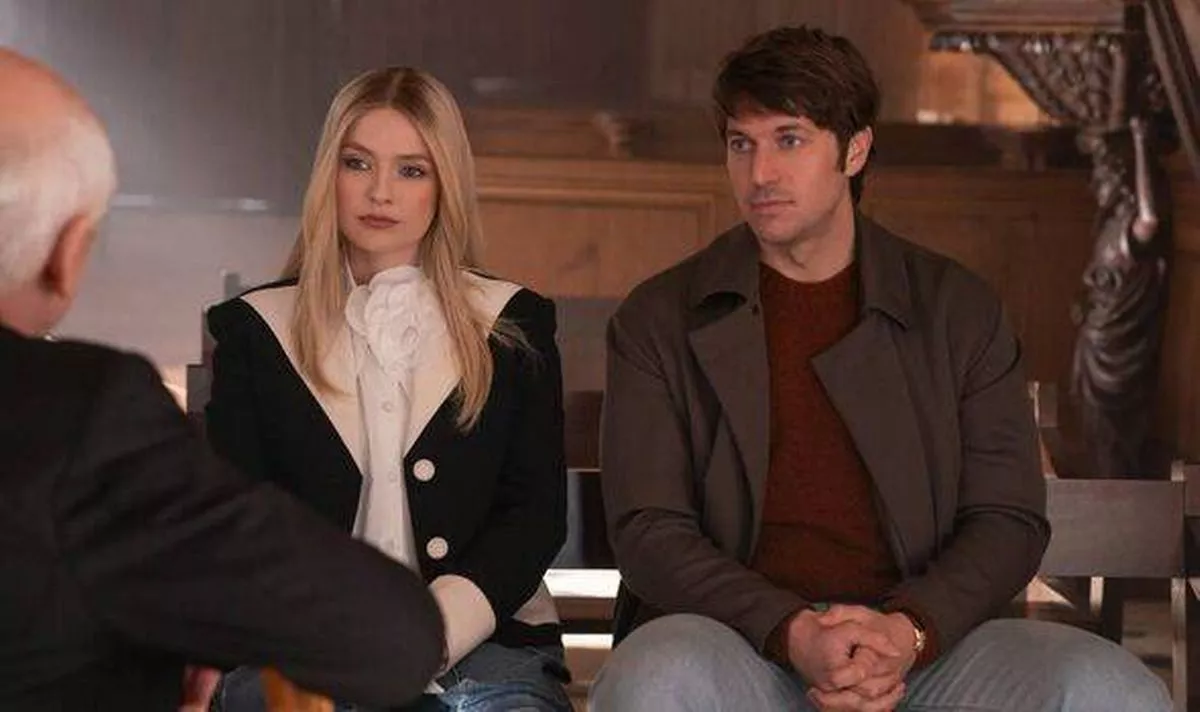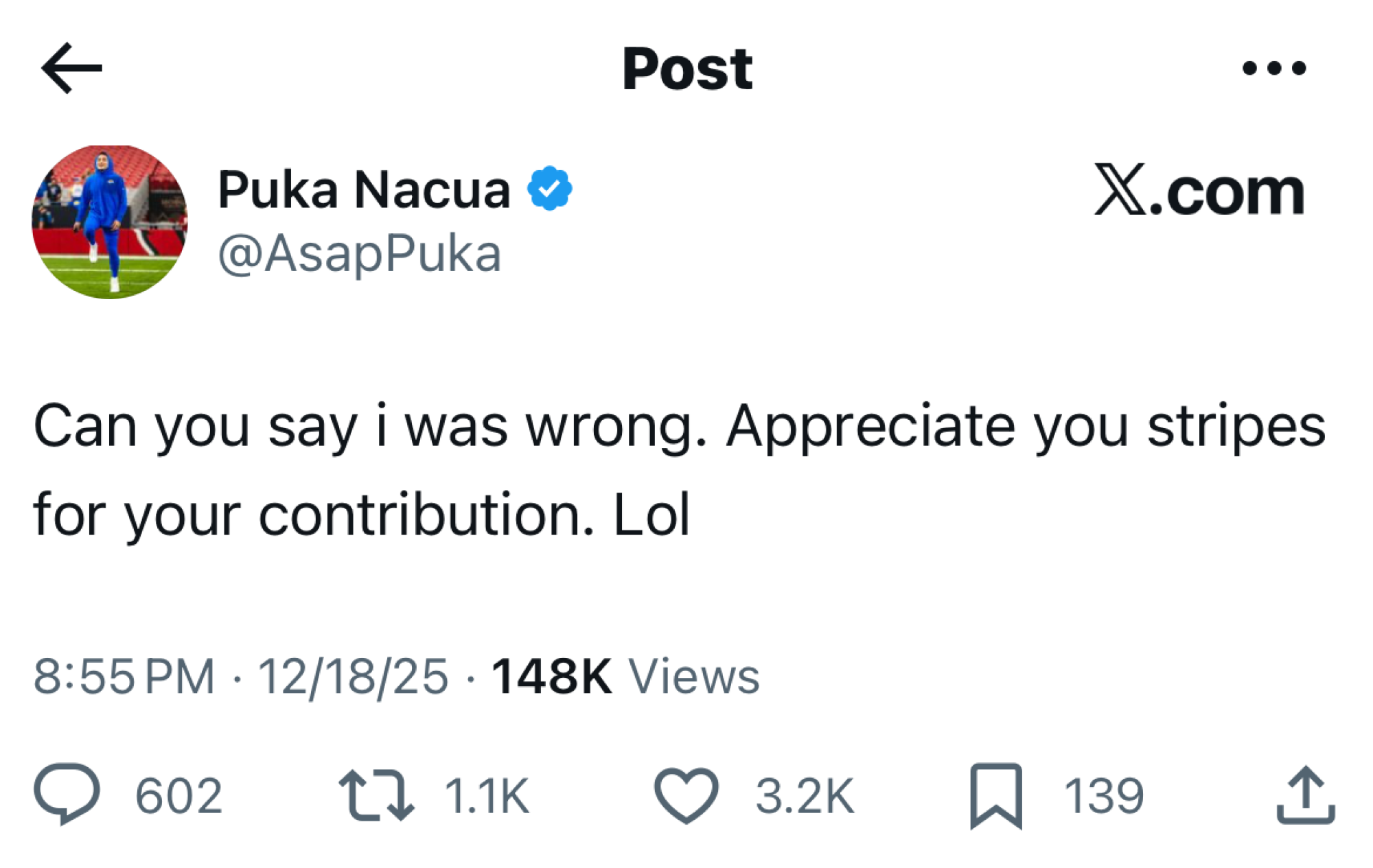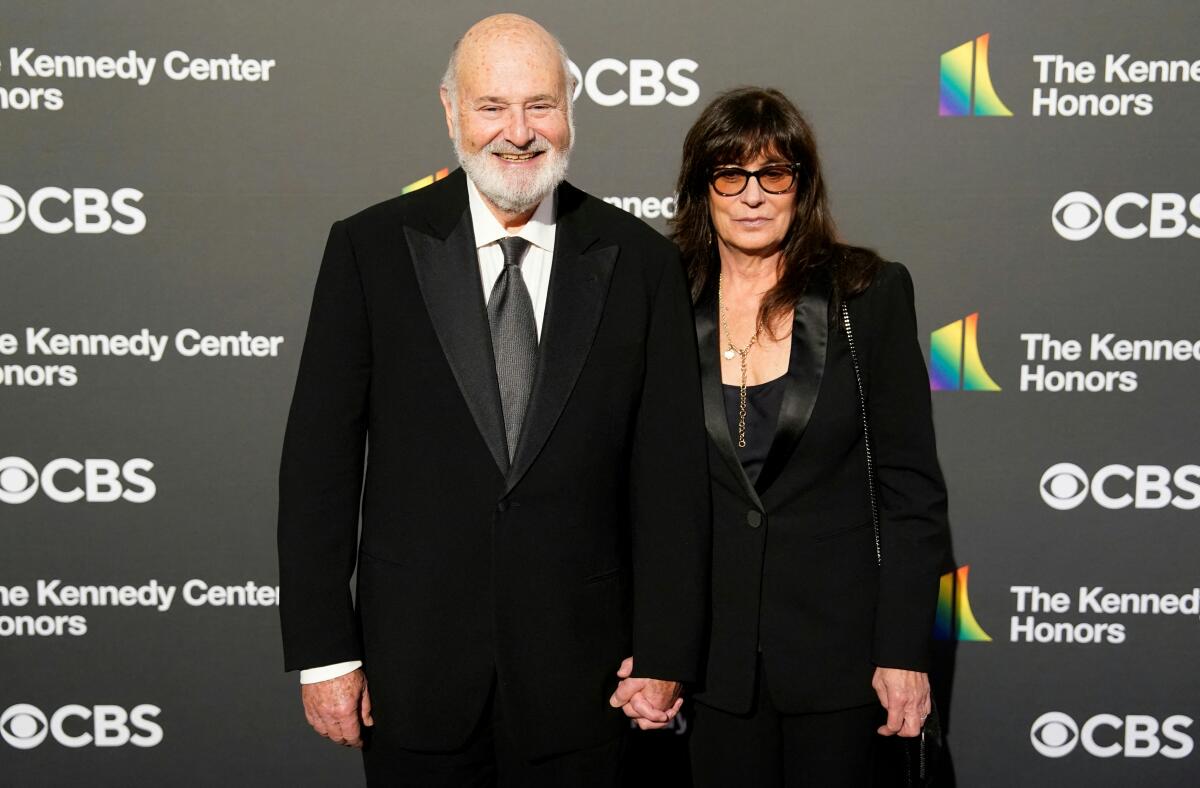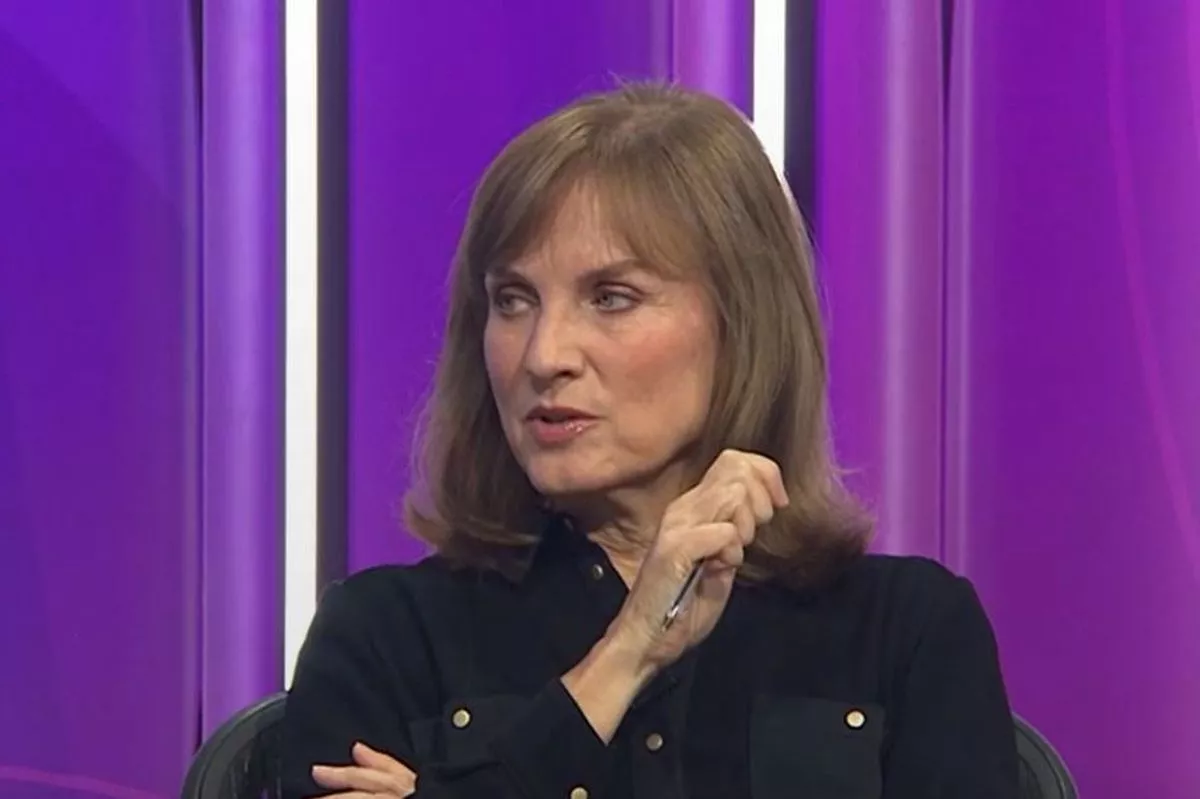A woman has issued a stark message to anyone travelling by plane this holiday season – as she reminds them to ‘be generous’ following her recent experience on a flight
When travelling on a long-haul flight, many people make sure to pre-book their seats to ensure extra comfort throughout the journey. That’s exactly what one woman decided to do before setting off to visit her family in San Juan, Puerto Rico, knowing she faced a long, uncomfortable journey otherwise.
She pre-booked a first-class window seat on the left side of the plane so she could see her grandma’s house from above before landing. But her peace was disrupted throughout the flight, as no fewer than three people stopped at her row to ask her the same question. Taking to Reddit, she said: “I was asked to switch seats three times by three separate people on one flight.
“When I arrived to my seat there was a very elderly woman in the aisle seat and another woman in the aisle seat across the way. The younger woman said, ‘this is my mother, she has dementia and she can’t even feed herself. Can we switch so I can care for her during the flight?'”
Feeling awkward, the woman regretfully switched seats with her – but her problems didn’t stop there. She said: “I know I made the choice to switch, this is about the frequency of asks.
“Then two other women come up and gave me another ‘we couldn’t book together but we want to sit together can you move to this other aisle seat please?’
“At that point I was seething, but seeing as I’d barely touched my butt to the new aisle seat, I just said ‘whatever’ to them and moved.
“When a third person came up to me to start the ‘hi um’ I immediately said ‘I have switched twice already, you can take it up with someone else’.
“I know I chose to move for these people, but I’m so upset that I paid for that specific window seat and my options were basically, help a woman with dementia but enjoy my view, or move and sit in an aisle seat by the bathrooms.
“I don’t know. It’s also not lost on me that I don’t look like the traditional first class passenger.”
Sharing a message to anyone who asks other to switch mid-flight, she added: “Listen, if you borked your booking and you want to switch with people, be generous.
“Send me a free drink or something, slip me a £20, tell the cabin crew so I get my preordered meal, be generous.”
Commenting on her post, one user said: “Don’t let other people’s problems become your problems. Sit in your assigned seat. If people need accommodations, they can take it up with the FAs (flight attendants).”
Another user added: “I never understand why they can’t bug the person next to them.”
A third user said: “I would happily move for the grandma but the others are on their own after that.”














